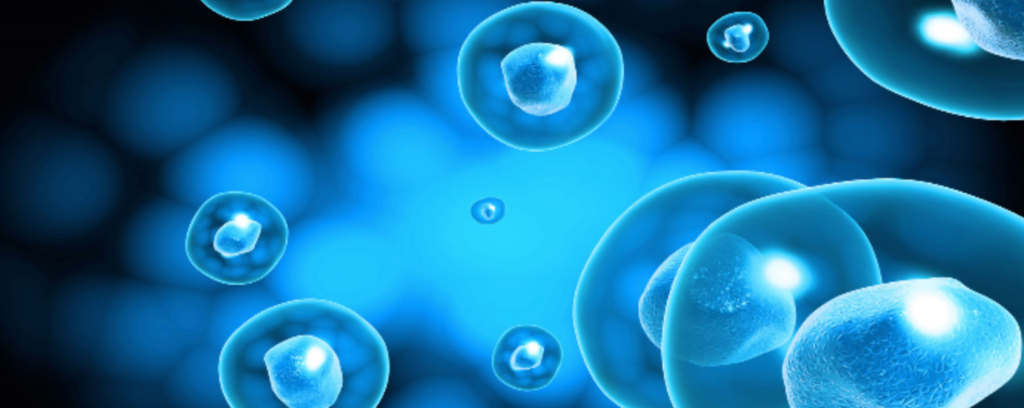Most people think orthopedic care is complicated because they assume it involves invasive procedures. However, this is not true because it uses simple and state-of-the-art advances to treat orthopedic conditions. Therefore, if you have any orthopedic conditions, including injuries, orthopedic surgery Clifton, NJ, is the solution to all your concerns. The care providers in the facility are well qualified and experienced in delivering an accurate diagnosis and effective noninvasive pain relief options. Below is all you are required to know concerning orthopedic care.
How can an orthopedic condition be diagnosed?
In most cases, the health care providers use a state-of-the-art device referred to as mi-ye to diagnose orthopedic conditions. Generally, the mi-eye is a handheld device that incorporates a disposable optical need combined with an in-built camera. It is referred to as a portable arthroscope. It is a device used to provide a detailed and well-lighted visualization of complicated injuries, including damaged joints. The handheld tool can fit and pass through any natural body opening or tiny surgical incisions. This diagnosis replaces the need for MRI. The mi-eye can, at times, be used by pain management specialists to treat pain. It has an in-built lumen. The lumen provides a long and narrow channel used to administer pain medications.
How does the Tenex procedure work?
Tenex is typically a treatment option given to manage pain related to any damage to the tendon. Some common examples of tendon injuries include runner’s knee and tendonitis. During your Tenex treatment appointment, your health care provider begins by reviewing the damaged site using ultrasound. They also extract dead or damaged tissue that is causing pain using ultrasound guidance. Removing dead or damaged tendon tissues gives your tendon a chance to heal normally after administering Tenex treatment at the site.
The treatment offers various benefits; therefore, it is the common minimally invasive procedure performed instead of major surgery. Some of the advantages are quick pain relief and minimal time is needed for you to recover. The treatment requires local anesthesia, and no stitches are needed. Therefore no major wound care is required. Therefore, your tendon can recover in approximately four to six weeks.
What can you do to prevent injury?
Of importance to note is that even after your minimally invasive procedure is complete, you are not yet done because physical therapy is essential for your recovery. Therefore, you must book several physical therapy sessions during which you retrain previously painful or injured body parts on how to move safely once more. During this time, you also rebuild the strength of the damaged body part and the surrounding muscles. Remaining committed to your physical therapy program and adherence to the doctor’s instructions alleviates pain.
Some orthopedic conditions are quite challenging to diagnose and manage, especially when there is damage to your tendons. Therefore, if you are experiencing severe pain and seeking diagnosis and treatment for your orthopedic condition, you can get started by calling or booking your appointment at Garden State Pain & Orthopedics today. The health care providers offer various diagnosis and treatment techniques like Tenex to manage pain.


